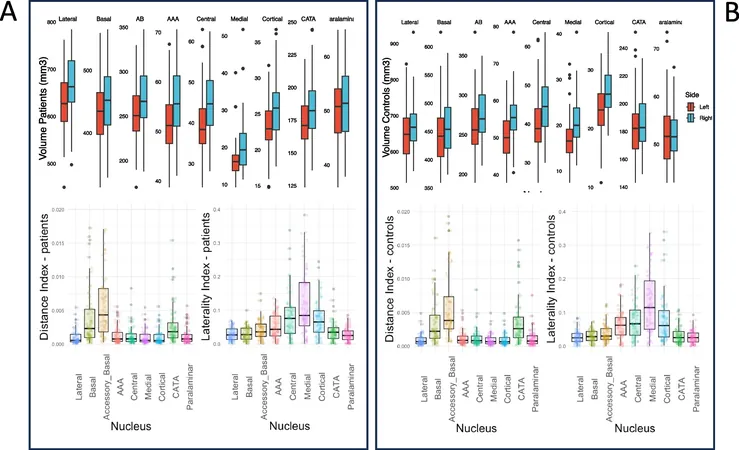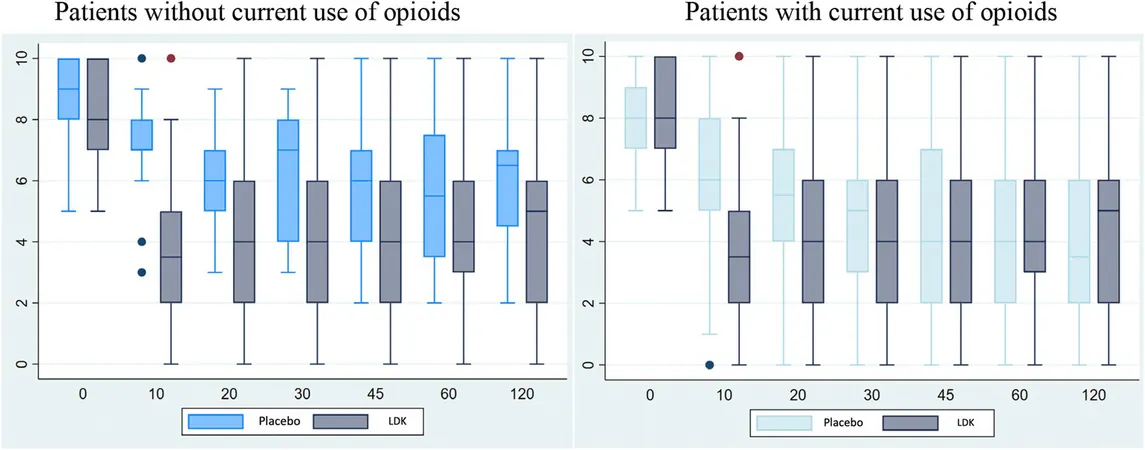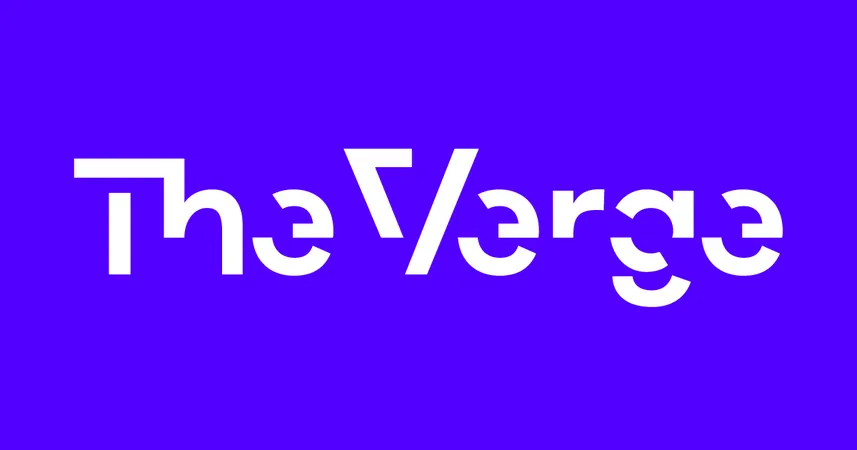
Major Insights: How Amygdala Asymmetries Could Predict Auditory Verbal Hallucinations in Schizophrenia!
2024-11-19
Author: Arjun
Auditory verbal hallucinations (AVH), a phenomenon often referred to as "hearing voices," represent one of the most significant and distressing symptoms found in various psychological disorders, most notably schizophrenia. While AVH is also prevalent in other conditions like post-traumatic stress disorder and bipolar disorder, its impact is particularly pronounced in schizophrenia, where patients frequently report negative emotional content associated with these hallucinations. This distressing nature of AVH not only deteriorates the quality of life for individuals but has also been linked to increased suicide risk.
The Role of Brain Asymmetries
The study highlights that patients with schizophrenia often display notable brain asymmetries, particularly in the amygdala. Historically, research has demonstrated that the left and right hemispheres may communicate differently in these individuals, impacting the severity of their symptoms. Structural abnormalities, such as reduced lateralization and differences in the size of amygdala nuclei, have been documented through both post-mortem examinations and MRI studies.
In schizophrenia, amygdala volumes are often reduced, especially within the nucleus associated with fear responses. Interestingly, asymmetrical differences appear more pronounced amongst patients with AVH; their left amygdala is typically smaller than the right. This points to a broader emotional processing failure in which negative auditory hallucinations may emanate from disruptions in the amygdala's response system.
Investigating the Study's Findings
Involving 142 adults—half diagnosed with schizophrenia featuring AVH and the other half serving as healthy controls—researchers conducted intricate imaging analyses to measure left and right amygdala asymmetries. The study utilized advanced imaging techniques to compute DI and LI values, providing insight into how such asymmetries correlate with the frequency and emotional content of hallucinations.
Results indicated substantial and significant differences in amygdala volume between the two groups, with patients showing larger disparities in both local (LI) and global (DI) measures. Notably, it was discovered that both local amygdala asymmetry and global structural reorganization could predict the severity of AVH, showcasing that as AVH become more severe, alterations in both local and global amygdala structures parallel these changes.
Implications for Treatment and Understanding
The implications of these findings extend beyond mere academic interest. Understanding the underlying neurobiological mechanisms of AVH in schizophrenia can shape future therapeutic approaches. Tailoring interventions, both pharmacological and psychotherapeutic, to address these specific structural aspects of the amygdala may enhance treatment outcomes for individuals struggling with these symptoms.
Furthermore, the study opens the door for potential future research avenues, such as exploring the effects of gender on amygdala structure or even assessing whether certain medications influence these structural changes in patients with schizophrenia. With continued exploration, researchers hope to develop strategies that might mitigate the experience of AVH, improving the well-being of patients who suffer from this challenging symptom.
In summary, the connection between amygdala asymmetries and AVH severity in schizophrenia could redefine approaches in mental health care, allowing for more targeted and effective treatments. This research underscores the importance of a nuanced understanding of emotional processing and structural brain changes in addressing the complexities of schizophrenia and its symptoms.





 Brasil (PT)
Brasil (PT)
 Canada (EN)
Canada (EN)
 Chile (ES)
Chile (ES)
 España (ES)
España (ES)
 France (FR)
France (FR)
 Hong Kong (EN)
Hong Kong (EN)
 Italia (IT)
Italia (IT)
 日本 (JA)
日本 (JA)
 Magyarország (HU)
Magyarország (HU)
 Norge (NO)
Norge (NO)
 Polska (PL)
Polska (PL)
 Schweiz (DE)
Schweiz (DE)
 Singapore (EN)
Singapore (EN)
 Sverige (SV)
Sverige (SV)
 Suomi (FI)
Suomi (FI)
 Türkiye (TR)
Türkiye (TR)